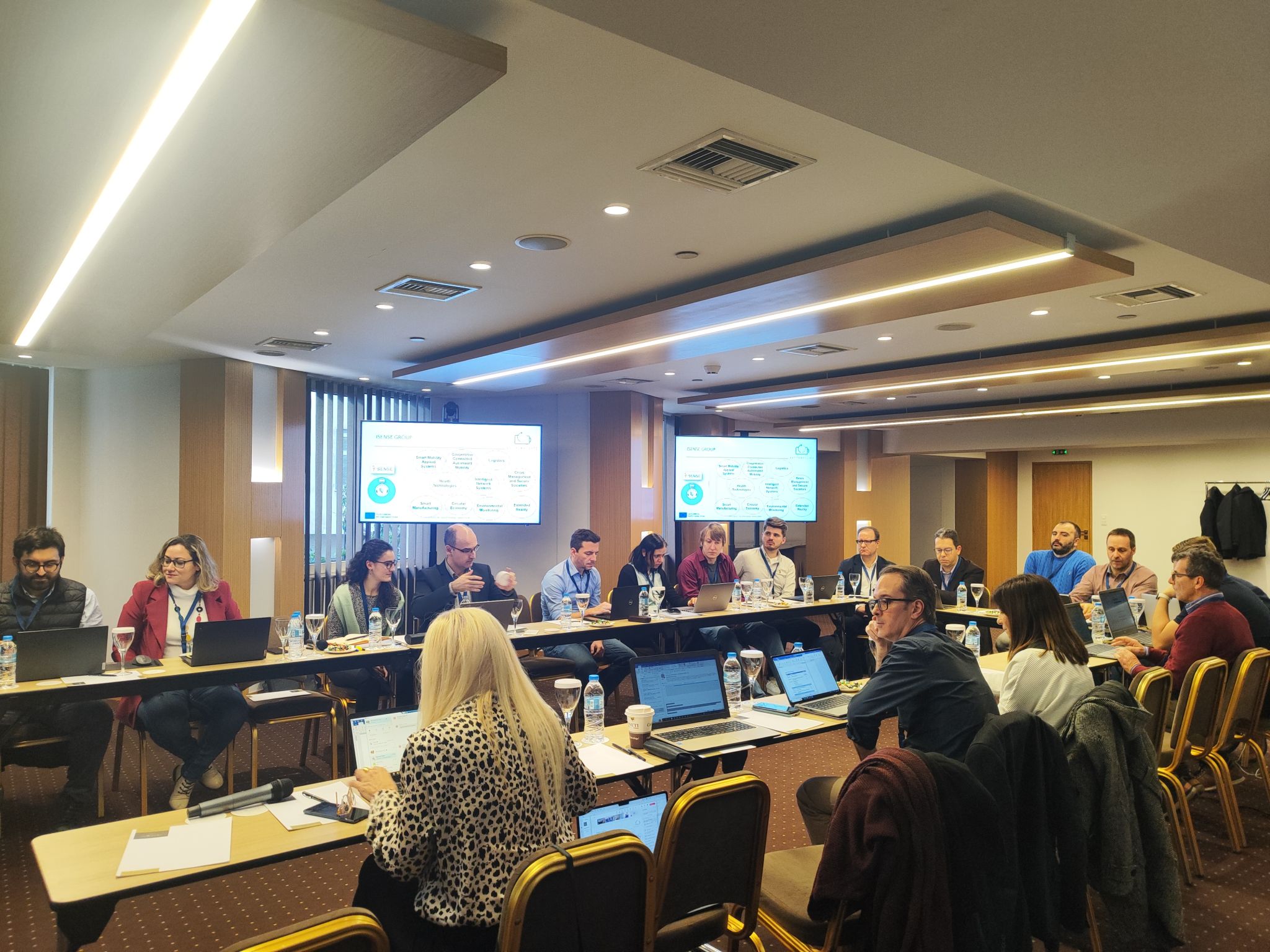
Battery2Life: The European research project destined to give batteries a second life
BATTERY2LIFE is a European project bringing together top research centers and industry leaders. Its main idea is to apply the Reduce-Reuse model, expanding the lifecycle of a lithium battery.
Through the exchange of technical know-how of different advanced technologies related to second life battery, the team is trying to build an ecosystem, that will transform the manufacturing process. This transition of batteries to second-use applications means developing smart Battery Management Systems and improved systems for reliable remodeling of used batteries, thus enhancing the competitiveness of the EU battery industry.
In simple words, they are trying to create new from the old. But what would that mean for manufacturing costs, the environment or even customer satisfaction?
Who benefits?
One key benefit from the circular model is that we minimize the dependance of raw materials from third countries. Cutting down on import costs does not only lead to lower production costs, but to a faster delivery service. This is because the supply chain is furthermore vertically integrated, starting from raw materials to the end customer.
What about the quality of the final product?
Finished battery cells undergo rigorous testing to ensure they meet performance and safety standards. Quality control measures are implemented throughout the manufacturing process to identify and address any defects or inconsistencies.
Could you describe the process of assembly and reuse in simple words?
Creating batteries from re-used components involves a multi-step process. Specific parts are re-designed and they are assembled along with end-of-life battery LFP prismatic cells. In that way, a new battery product is “born".
What kind of (final) products could be produced by this process?
Sunlight will manufacture ESS prototypes based on re-used traction modules. Mechanical and electrical parts will be re-designed to ensure the best product performance. Final prototype will be installed in PCC- Public Power Corporation, Innovation hub. A close collaboration with PPC will ensure system compatibility with state-of-the-art car chargers.
What is the innovation the project introduces? Is it only new from old or are we inventing new battery products and energy solutions?
We are redesigning the second life battery pack, based on already existing battery modules on the field. We will ensure the best performance and safety after rigorous testing. In parallel, strong activity on battery and battery cell modeling will allow us to improve battery cell state accuracy. If this prototype becomes a product, we are expecting improved performance, due to advanced technologies used, a strongly positive environmental footprint impact as well as a cost-effective solution for end-of-life batteries.
Key partners of the projects are: EPFL University in Lausanne, ICCS NTUA (coordinator), CIDETEC, AIT, FRONIUS, ETELATER, MIBA, PPC, Asociación Española de Normalización, Sunlight group and CSEM.
On behalf of Sunlight Group:
S. Athanasiou
D. Spanoudaki
V. Apostoloudas
K. Fotoglou
K. Angelakopoulos
V. Kyrouli